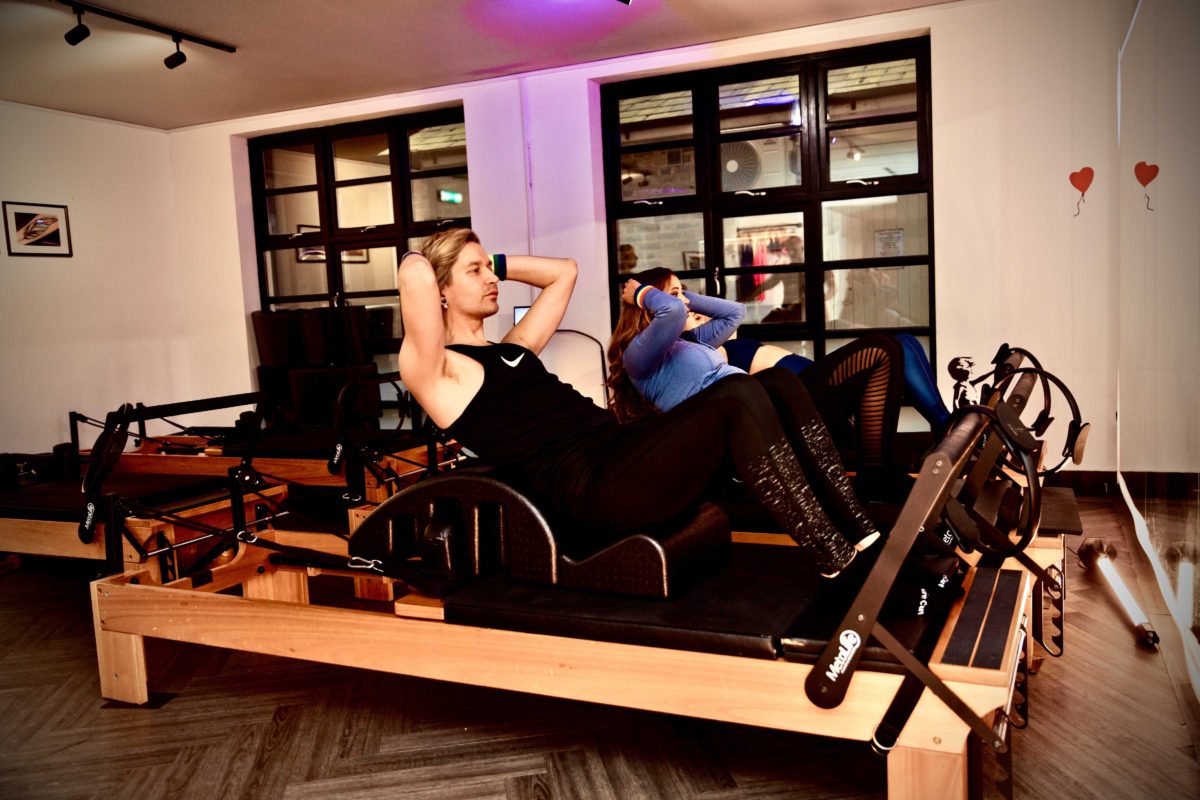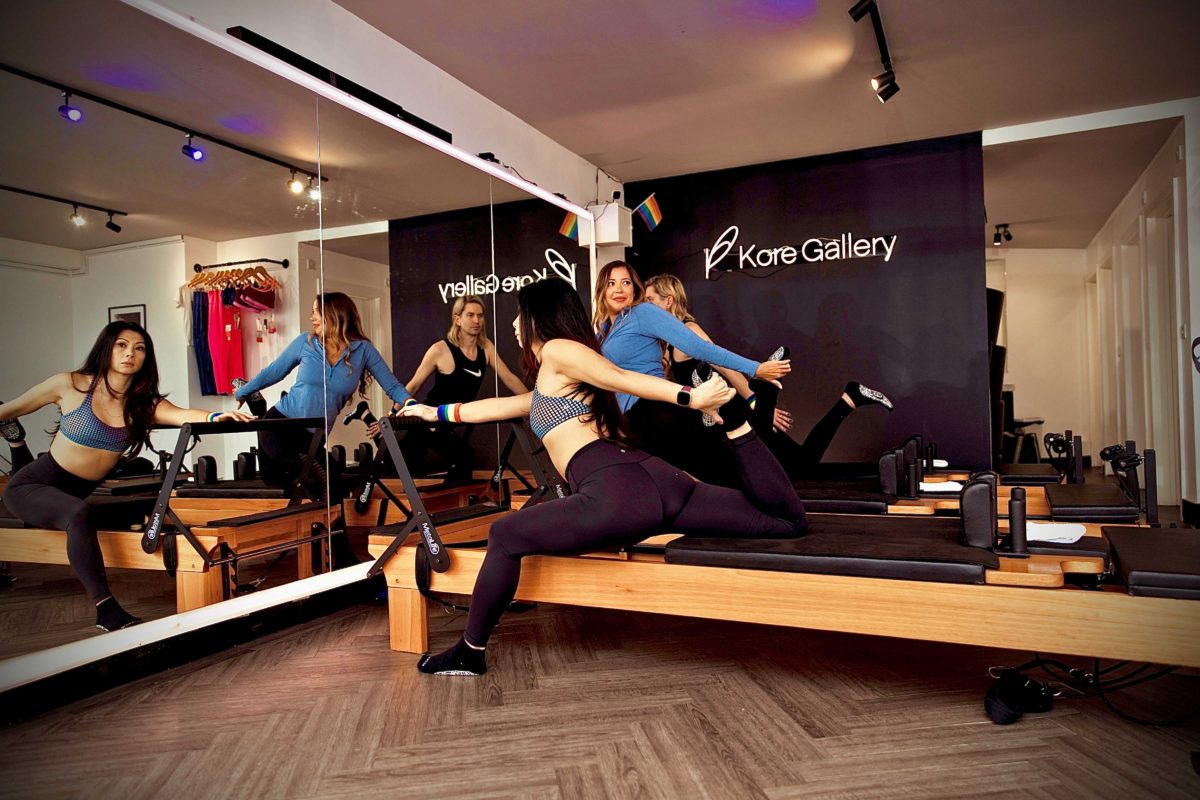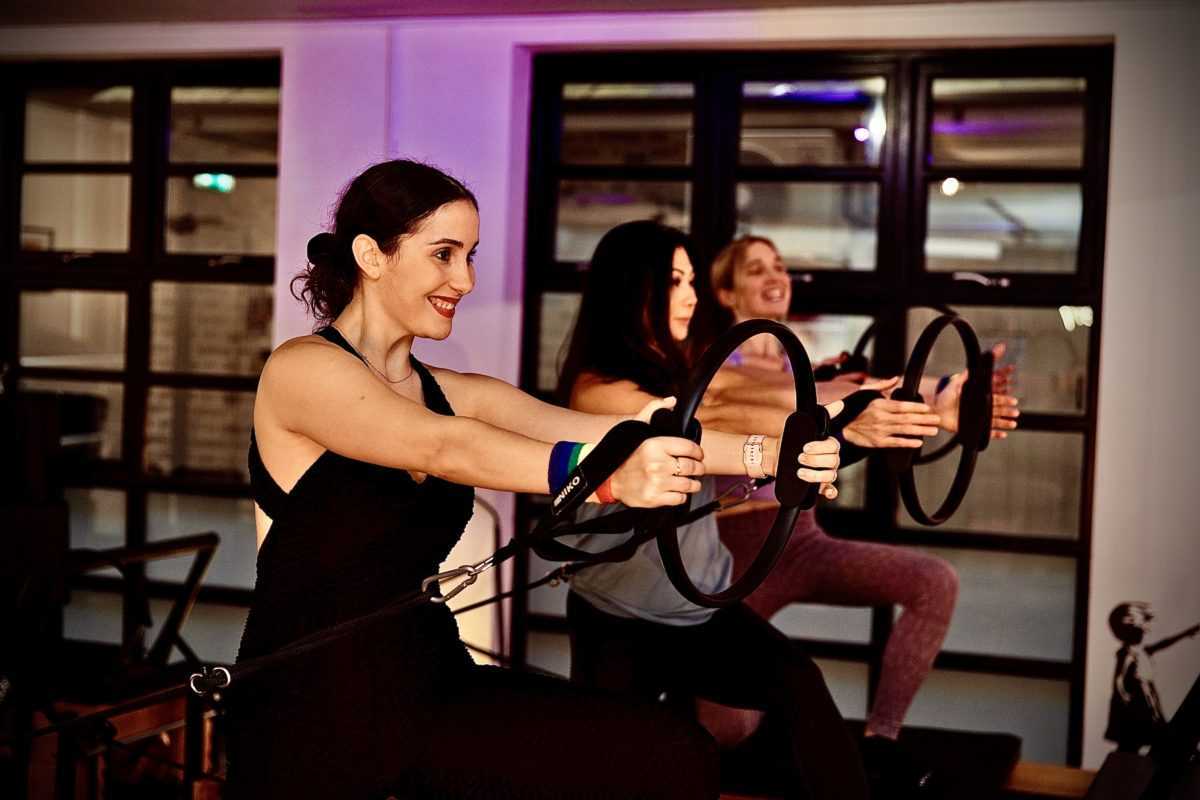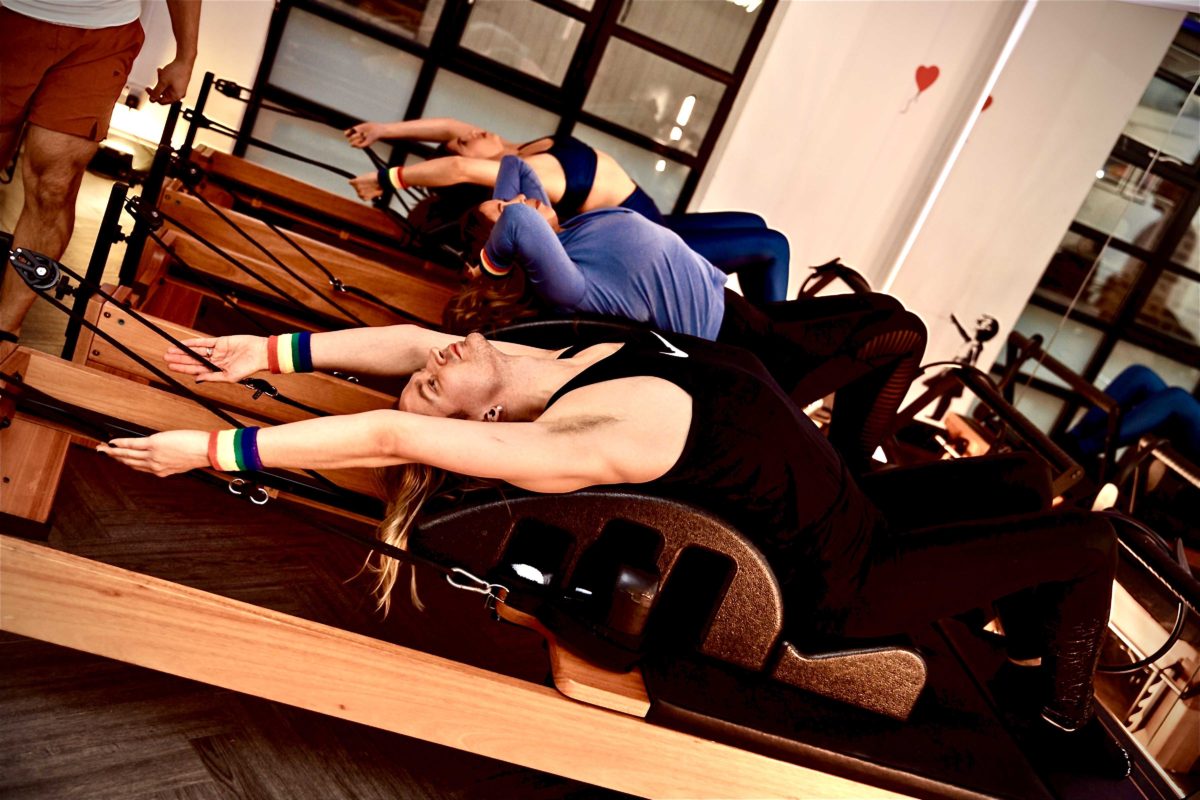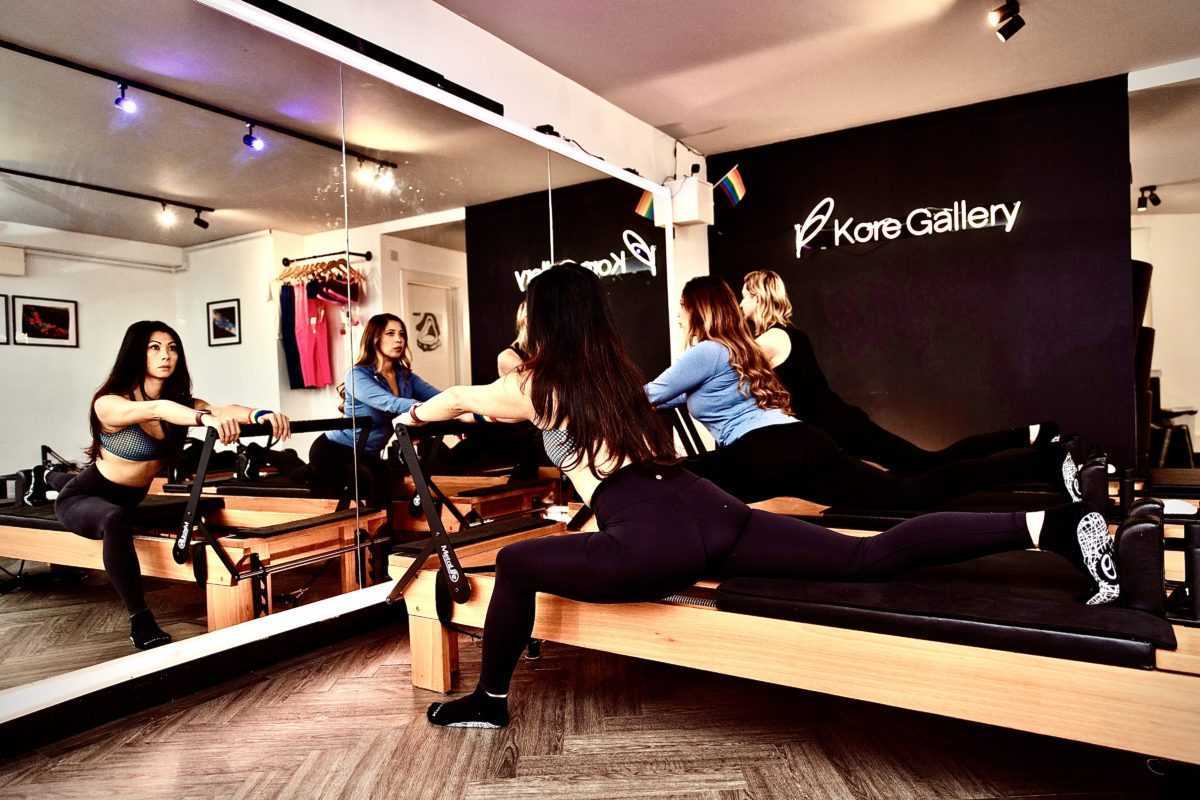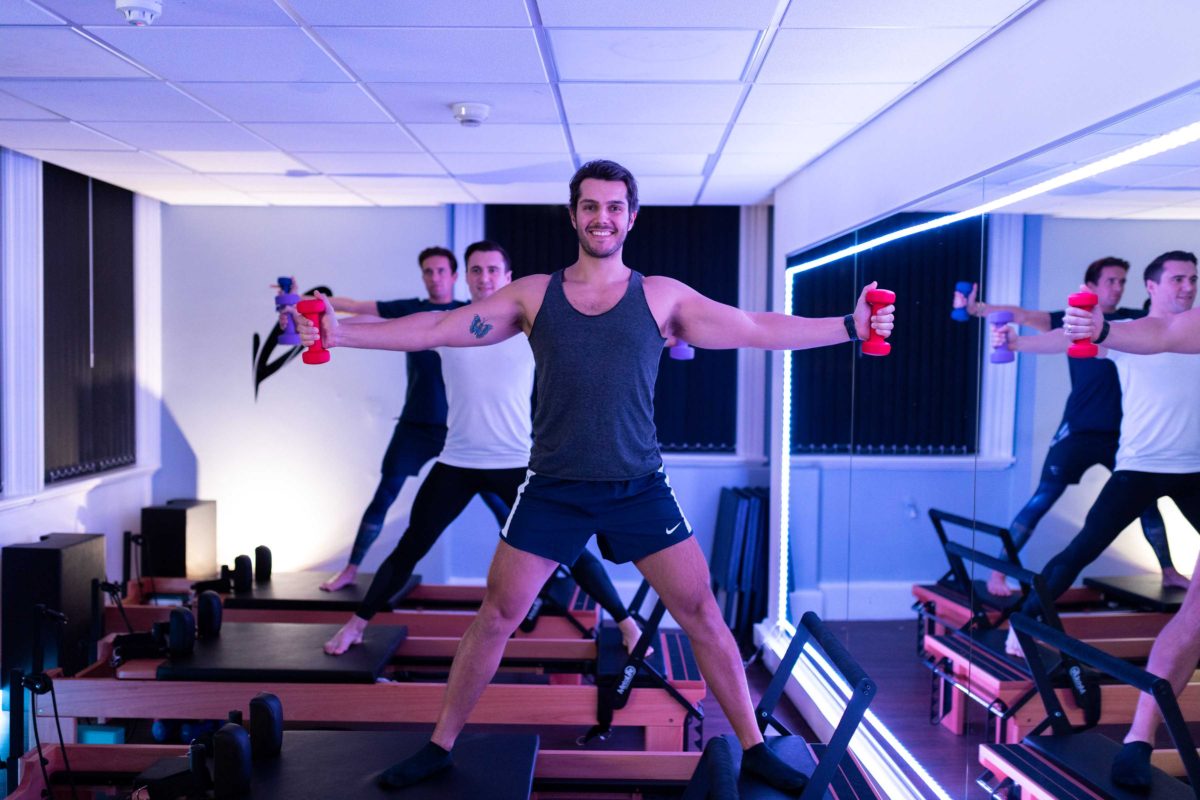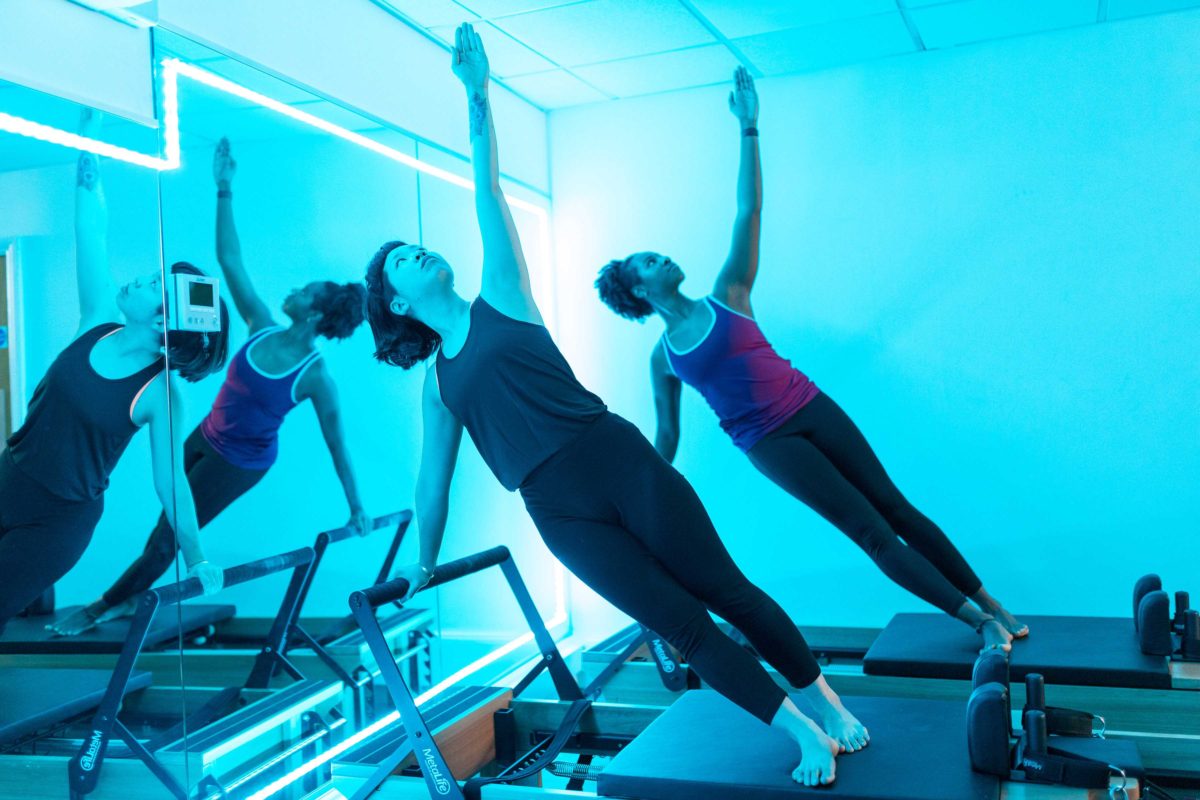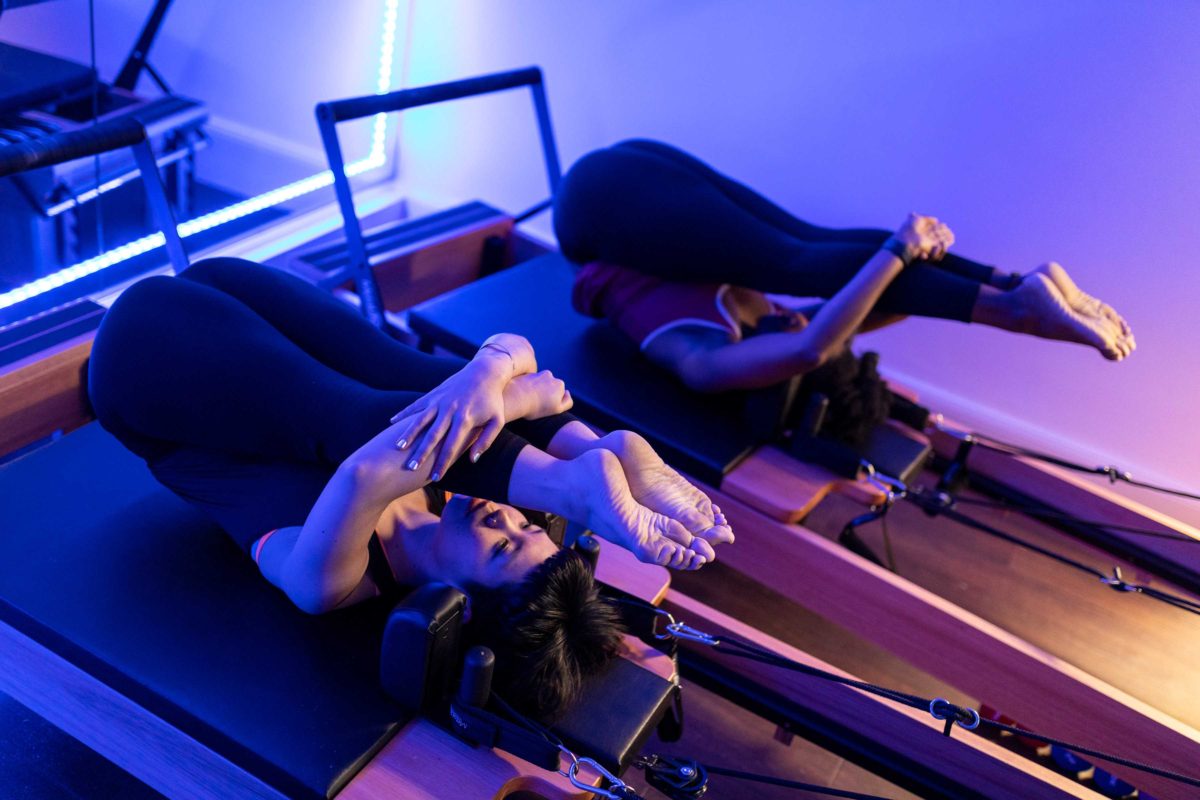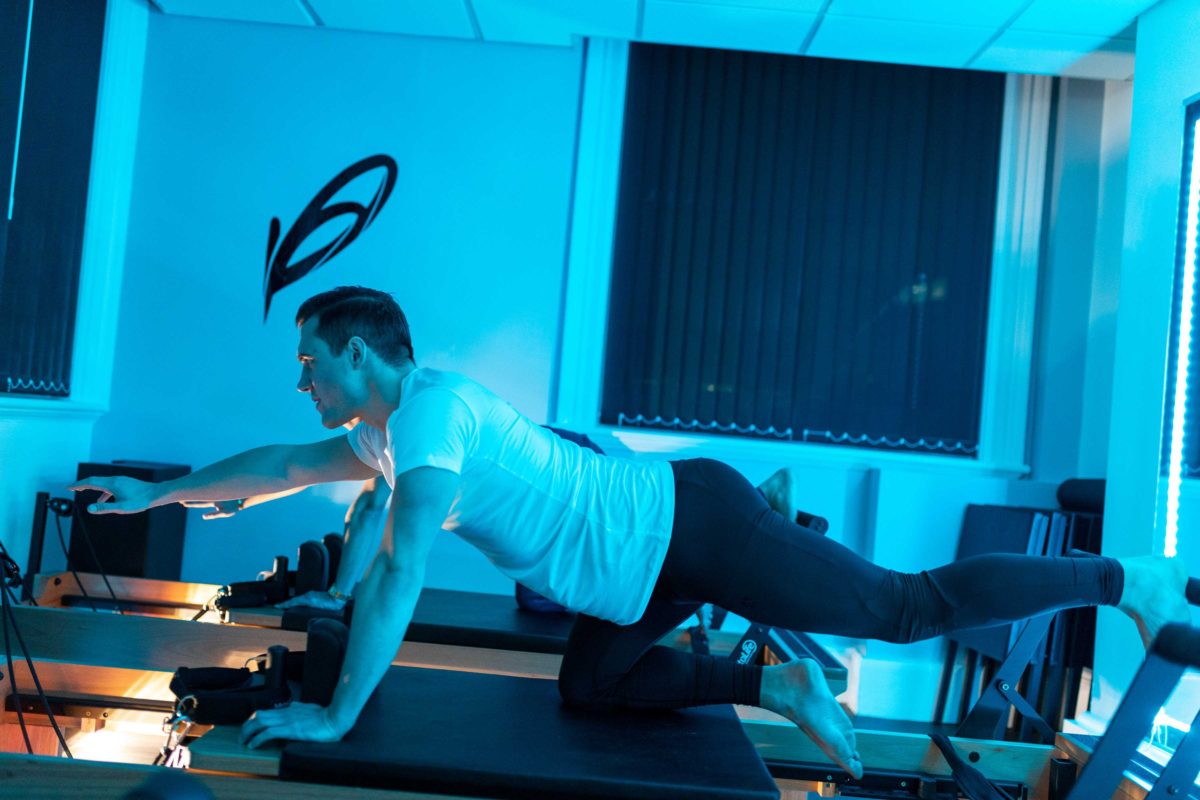Pilates breathing technique is an essential aspect of Pilates exercise, which is often overlooked by many practitioners. However, it is one of the most crucial elements of Pilates, as it helps to oxygenate the body, improve posture, and increase overall body awareness. In this article, we will discuss the importance of Pilates breathing technique, how it works, and how to perform it correctly.
The Pilates breathing technique is also known as diaphragmatic breathing, which involves breathing deeply into the diaphragm. This type of breathing is different from shallow chest breathing, which is the most common type of breathing in our daily lives. Diaphragmatic breathing helps to increase the amount of oxygen that reaches the body, improve posture, and increase overall body awareness.
Pilates breathing technique is performed by inhaling deeply through the nose, and then exhaling through the mouth. The diaphragm, a muscle located at the base of the lungs, should be used to control the breath. When inhaling, the diaphragm should be used to expand the lungs, and when exhaling, the diaphragm should be used to contract the lungs. This helps to ensure that the entire lung capacity is being used, resulting in better oxygenation of the body.
The Pilates breathing technique is also used in conjunction with Pilates exercises. The breath should be synchronized with the movement, and the inhale should be used to prepare for the movement, and the exhale should be used to perform the movement. This helps to increase the effectiveness of the exercise and improve overall body awareness. It’s important to note that incorrect breathing can lead to injury and negatively impact the effectiveness of the exercises.
That’s why at Kore Gallery, our certified Pilates instructors place a strong emphasis on proper breathing technique. They provide guidance and instruction on how to perform the Pilates breathing technique correctly, ensuring that our clients are getting the most out of their Pilates practice.
One of the key benefits of Pilates breathing technique is that it can help to reduce stress and anxiety. The deep, controlled breathing that is used in Pilates can help to reduce muscle tension, improve overall relaxation, and provide a sense of calm. This can help to reduce feelings of anxiety and stress, and improve overall well-being.
Pilates breathing technique can also help to improve posture and core strength. When performed correctly, the diaphragm helps to engage the core muscles, which can help to improve overall body alignment and posture. This can lead to a reduction in back pain and an improvement in overall body mechanics.
In conclusion, Pilates breathing technique is an essential aspect of Pilates exercise that is often overlooked by many practitioners. It is a form of diaphragmatic breathing that helps to increase the amount of oxygen that reaches the body, improve posture, and increase overall body awareness. At Kore Gallery, we understand the importance of proper breathing technique and our certified Pilates instructors provide guidance and instruction on how to perform it correctly, ensuring our clients get the most out of their Pilates practice.


